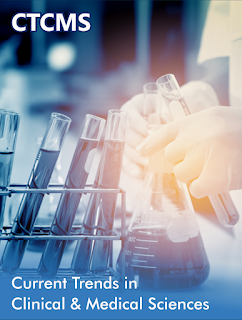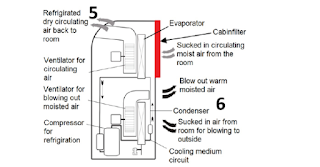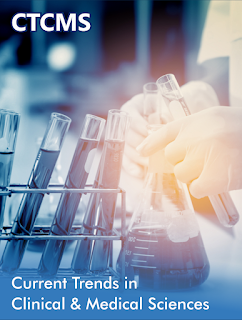A Long Non-coding RNA and its Potential Role in Human Myeloid Leukemia Authored by David Reisman Introduction Over the past decade, long non-coding RNAs (lncRNAs) have been discovered to function as regulators of gene expression and numerous biological processes. They are transcribed from loci throughout the genomes of most eukaryotes [1-7]. and reports indicate that many lncRNAs are involved in the regulation of pluripotency and differentiation [8-14]. Although the mechanisms by which these lncRNAs function are still being explored, one model that has emerged states that nuclear lncRNAs modulate gene expression through interactions with histone modifying proteins and/or transcription factors [6-7, 12, 15-18]. Other lncRNAs function in the cytoplasm [19-21]. Lnc-MD1, for example, is a muscle-specific lncRNA that regulates muscle differentiation by binding to microRNAs (miRNA) and limiting their availability to regulate gene expression [9]. Another lncRNA, TINCR, is induced during






